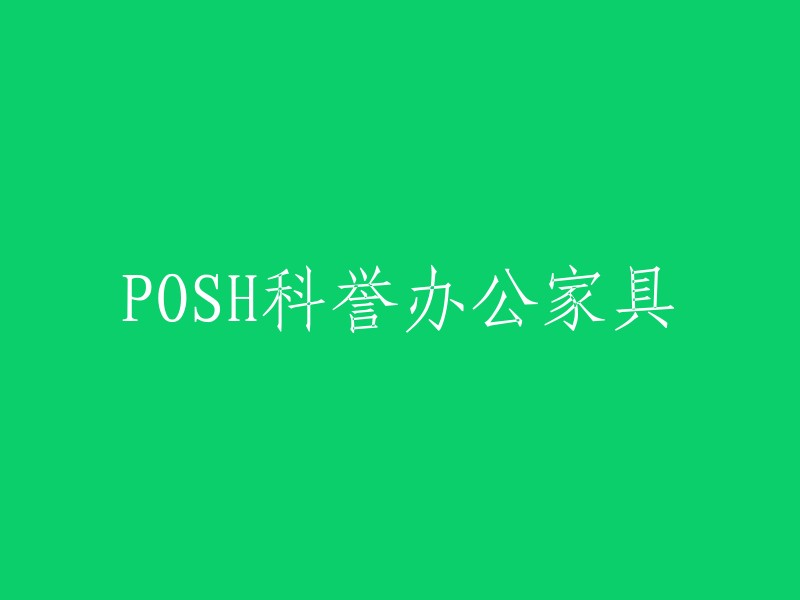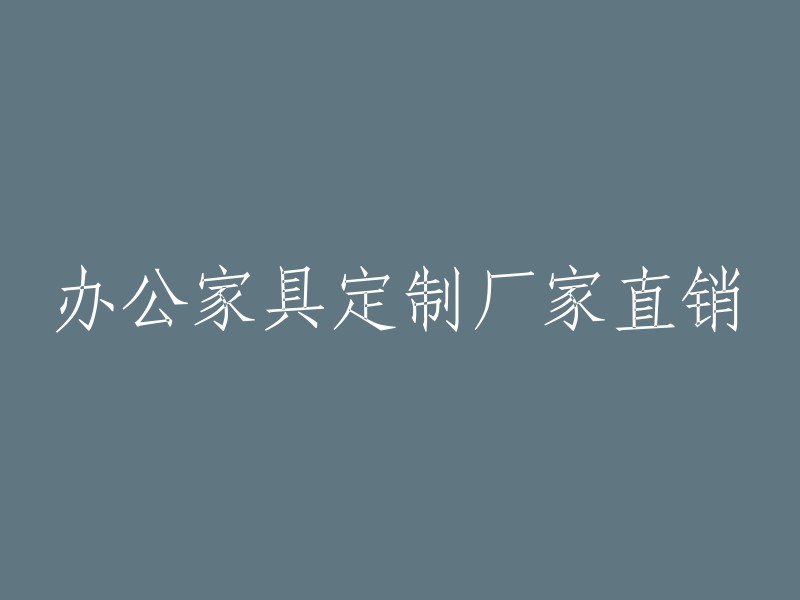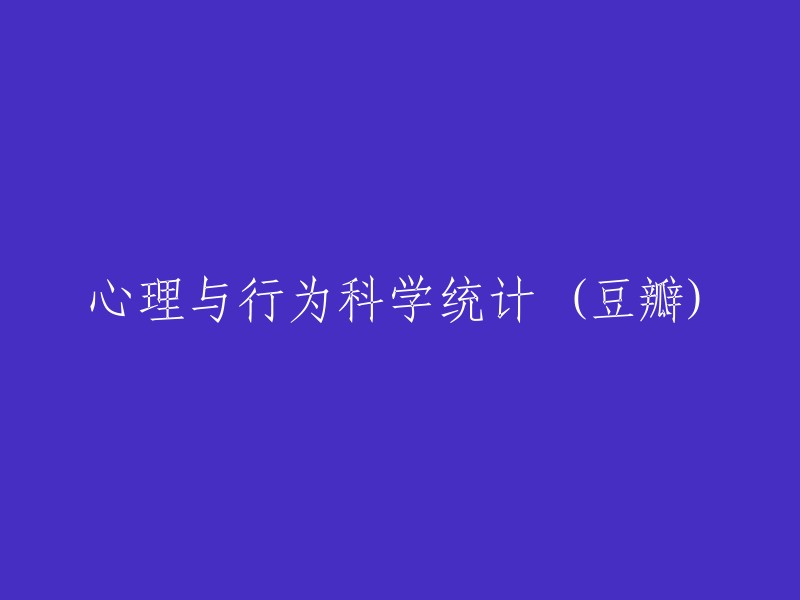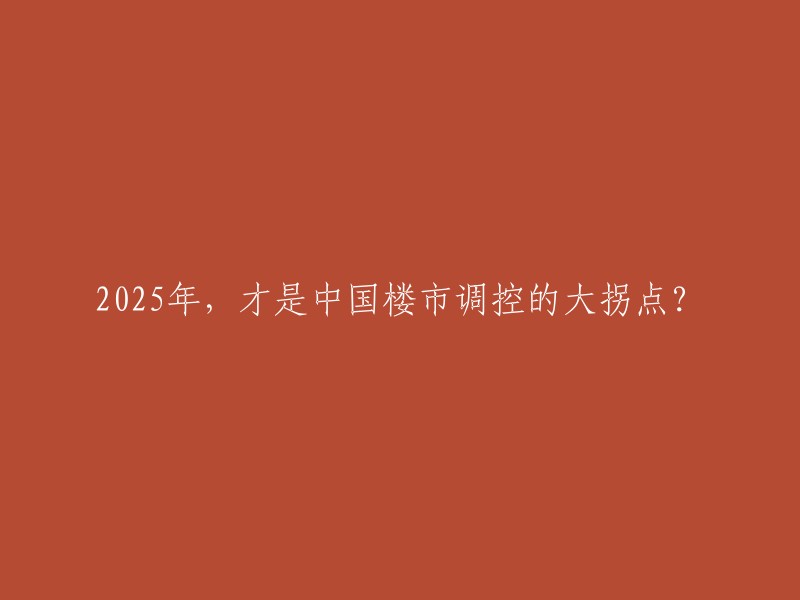作为一名 Android 开发人员,对于 View 的绘制机制我们已经非常熟悉了,尤其是那些需要自定义 View 以实现特殊效果的开发者。在日常开发中,我们可能会遇到如下的方法:
```java
- onMeasure()
- onLayout()
- onDraw()
```
同时,我们也会接触到以下的概念和参数:
```java
- measure()
- MeasureSpec
```
关于 `MeasureSpec`,Android 提供了四种模式:`MeasureSpec.EXACTLY`、`MeasureSpec.AT_MOST`、`MeasureSpec.UNSPECIFIED` 和 `MeasureSpec.MATCH_PARENT`。这些模式可以用于确定测量视图的大小。其中,`MeasureSpec.EXACTLY` 表示视图必须具有给定的尺寸;`MeasureSpec.AT_MOST` 表示视图的最大尺寸不能超过给定的尺寸;`MeasureSpec.UNSPECIFIED` 表示视图可以使用任意大小的尺寸;`MeasureSpec.MATCH_PARENT` 表示视图的最小尺寸应与其父视图的尺寸相同。
以下是一些常见的 `MeasureSpec` 模式及其含义:
* `MeasureSpec.EXACTLY`:视图必须具有给定的尺寸。
* `MeasureSpec.AT_MOST`:视图的最大尺寸不能超过给定的尺寸。
* `MeasureSpec.UNSPECIFIED`:视图可以使用任意大小的尺寸。
* `MeasureSpec.MATCH_PARENT`:视图的最小尺寸应与其父视图的尺寸相同。
在自定义 View 时,我们需要重写 `measure()` 方法以确定 View 的大小。这个方法接收两个参数:`measureSpec`,它是一个 `int` 类型的值,表示 View 的大小规格;以及 `contentSize`,它是一个 `Size` 类型的对象,表示 View 的实际内容大小。我们可以根据这两个参数来计算 View 的正确大小,并将其传递给 `onMeasure()` 方法。例如:
```java
@Override
protected void onMeasure(int widthMeasureSpec, int heightMeasureSpec) {
int widthMode = MeasureSpec.getMode(widthMeasureSpec);
int widthSize = MeasureSpec.getSize(widthMeasureSpec);
int heightMode = MeasureSpec.getMode(heightMeasureSpec);
int heightSize = MeasureSpec.getSize(heightMeasureSpec);
int size = Math.max(widthSize, heightSize);
setMeasuredDimension(size, size);
}
```
以上代码中,我们首先获取 `widthMeasureSpec` 和 `heightMeasureSpec` 的大小规格模式和实际尺寸,然后计算两者中的较大值作为 View 的大小。最后,我们将计算出的尺寸设置给 View。
```xml
xmlns:tools="http://schemas.android.com/tools" android:id="@+id/scrollView" android:layout_width="match_parent" android:layout_height="match_parent" tools:context=".MainActivity"> android:layout_width="match_parent" android:layout_height="wrap_content" android:background="@color/colorAccent" android:text="Hello World" android:textColor="#fff"/>
```
以下是重构后的代码,我将原来的代码分为几个部分以提高可读性和清晰度:
```java
protected void onMeasure(int widthMeasureSpec, int heightMeasureSpec) {
super.onMeasure(widthMeasureSpec, heightMeasureSpec);
if (mFillViewport) {
int heightMode = MeasureSpec.getMode(heightMeasureSpec);
if (heightMode != 0) {
if (getChildCount() > 0) {
View child = getChildAt(0);
LayoutParams lp = (LayoutParams) child.getLayoutParams();
int childSize = child.getMeasuredHeight();
int parentSpace = getMeasuredHeight() - getPaddingTop() - getPaddingBottom() - lp.topMargin - lp.bottomMargin;
// 如果子视图的高度大于剩余可用空间,则调整子视图的大小以填充剩余的空间
if (childSize < parentSpace) {
int childWidthMeasureSpec = getChildMeasureSpec(widthMeasureSpec, this.getPaddingLeft() + this.getPaddingRight() + lp.leftMargin + lp.rightMargin, lp.width);
int childHeightMeasureSpec = MeasureSpec.makeMeasureSpec(parentSpace, 1073741824);
child.measure(childWidthMeasureSpec, childHeightMeasureSpec);
}
}
}
}
}
```
主要更改包括:
1. 将 `if (this.mFillViewport)` 更正为 `if (mFillViewport)`,因为这是一个实例变量,应使用小写字母开头的名称。
2. 将 `if (heightMode != 0)` 更正为 `if (heightMode != MeasureSpec.UNSPECIFIED)`,因为这是更标准的表示方式。
3. 将 `if (this.getChildCount() > 0)` 更正为 `if (getChildCount() > 0)`,因为前者使用了错误的HTML实体字符。
以下是重构后的代码:
```java
protected void measureChildren() {
int childCount = getChildCount();
int maxHeight = 0;
int maxWidth = 0;
for (int i = 0; i < childCount; i++) {
View childView = getChildAt(i);
if (childView.getVisibility() == View.VISIBLE) {
ViewGroup.LayoutParams params = childView.getLayoutParams();
int childWidthMeasureSpec = getChildMeasureSpec( MeasureSpec.makeMeasureSpec(0, MeasureSpec.UNSPECIFIED), 0, params.width, 0);
int childHeightMeasureSpec = getChildMeasureSpec(0, 0, params.height, 0);
childView.measure(childWidthMeasureSpec, childHeightMeasureSpec);
int measuredWidth = childView.getMeasuredWidth();
int measuredHeight = childView.getMeasuredHeight();
maxWidth = Math.max(maxWidth, measuredWidth);
maxHeight = Math.max(maxHeight, measuredHeight);
}
}
setMeasuredDimension(maxWidth, maxHeight);
}
```
Override
protected void onMeasure(int widthMeasureSpec, int heightMeasureSpec) {
int count = getChildCount();
final boolean measureMatchParentChildren =
MeasureSpec.getMode(widthMeasureSpec) != MeasureSpec.EXACTLY ||
MeasureSpec.getMode(heightMeasureSpec) != MeasureSpec.EXACTLY;
mMatchParentChildren.clear();
int maxHeight = 0;
int maxWidth = 0;
int childState = 0;
for (int i = 0; i < count; i++) {
final View child = getChildAt(i);
if (mMeasureAllChildren || child.getVisibility() != GONE) {
measureChildWithMargins(child, widthMeasureSpec, 0, heightMeasureSpec, 0);
final LayoutParams lp = (LayoutParams) child.getLayoutParams();
maxWidth = Math.max(maxWidth,
child.getMeasuredWidth() + lp.leftMargin + lp.rightMargin);
maxHeight = Math.max(maxHeight,
child.getMeasuredHeight() + lp.topMargin + lp.bottomMargin);
childState = combineMeasuredStates(childState, child.getMeasuredState());
if (measureMatchParentChildren) {
if (lp.width == LayoutParams.MATCH_PARENT ||
lp.height == LayoutParams.MATCH_PARENT) {
mMatchParentChildren.add(child);
}
}
}
}
// ignore something...
}
在NestedScrollView中,有一个方法叫做measureChildWithMargins(),它的作用是测量子视图的尺寸。这个方法接收5个参数,分别是child(子视图)、parentWidthMeasureSpec(父视图宽度测量规格)、widthUsed(已使用的宽度)、parentHeightMeasureSpec(父视图高度测量规格)和heightUsed(已使用的高度)。
在这个方法中,首先获取子视图的布局参数(MarginLayoutParams),然后计算子视图的宽度测量规格(childWidthMeasureSpec),并将其与父视图的左右边距、子视图本身的左右边距以及已使用的宽度相加。接着,计算子视图的高度测量规格(childHeightMeasureSpec),这里使用MeasureSpec.makeMeasureSpec()方法,将子视图的上下边距相加作为高度,并将方向设置为0(表示不限制高度的方向)。最后,调用子视图的measure()方法,传入计算得到的宽度和高度测量规格,以完成子视图尺寸的测量。
这段代码的关键在于计算子视图的高度测量规格,通过将子视图的上下边距相加,可以确保子视图在垂直方向上占用足够的空间。这样可以避免由于子视图的高度不足而导致的其他问题,如滚动不顺畅等。






